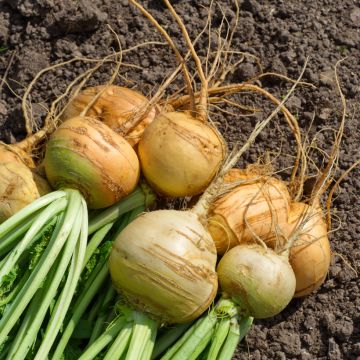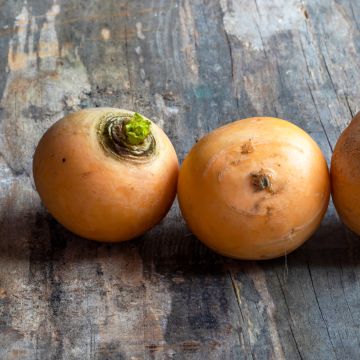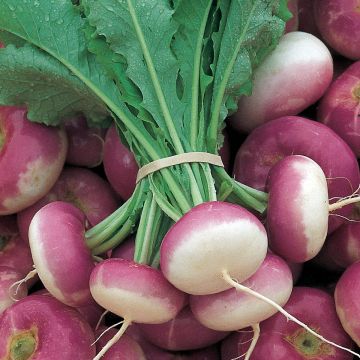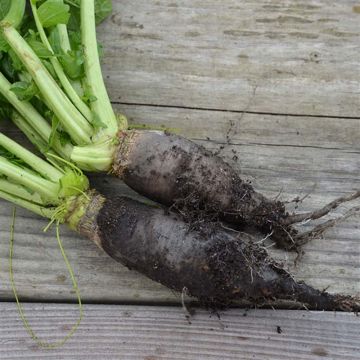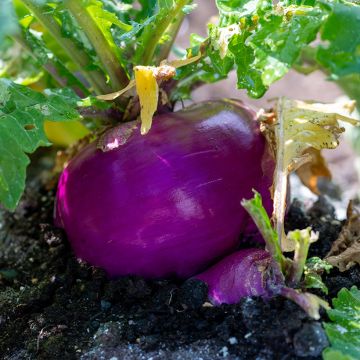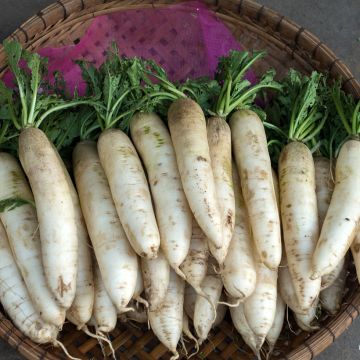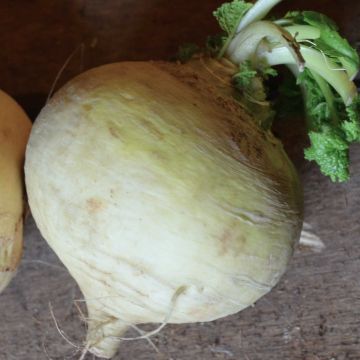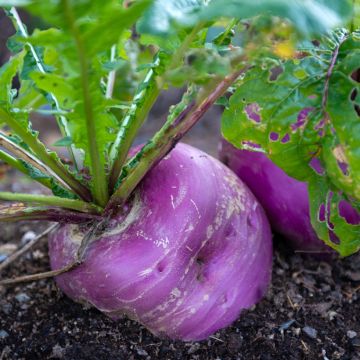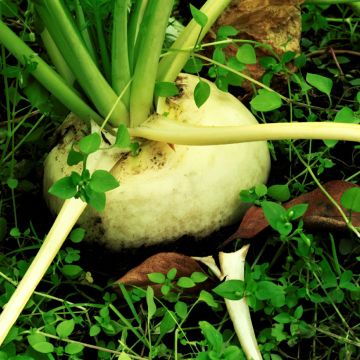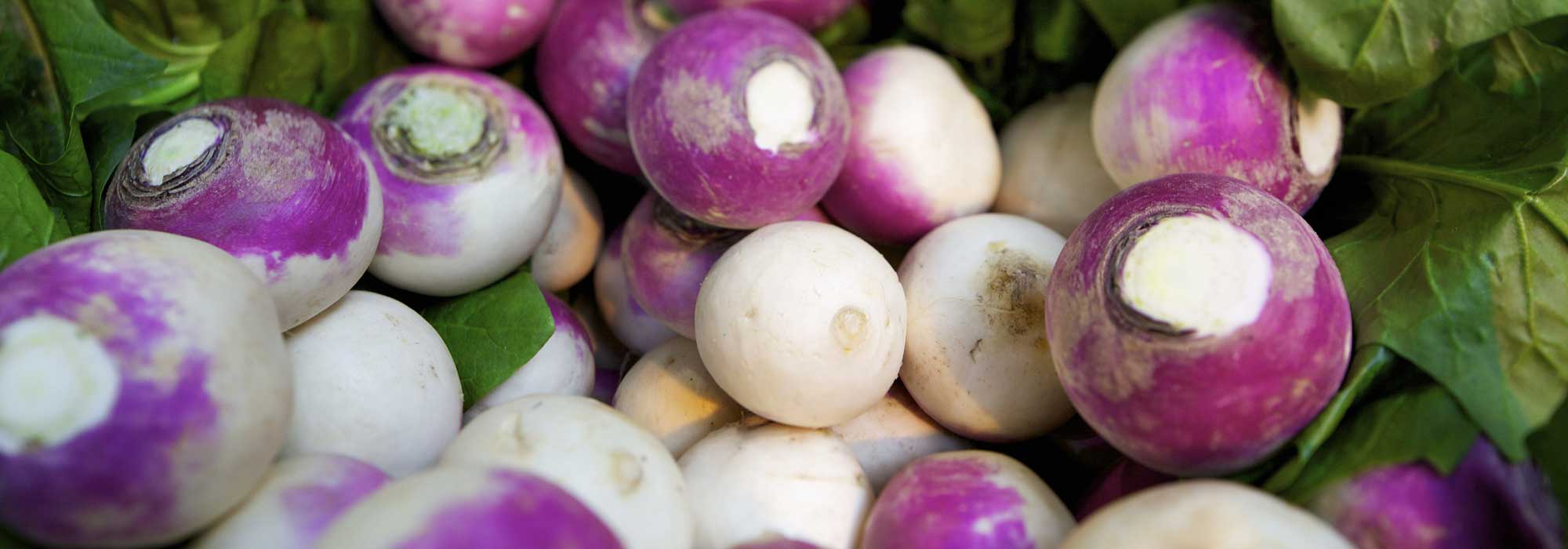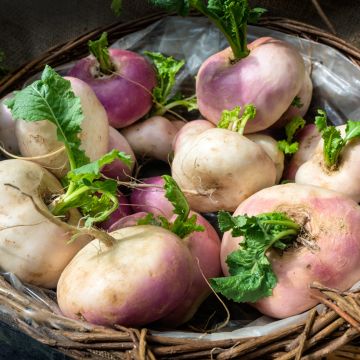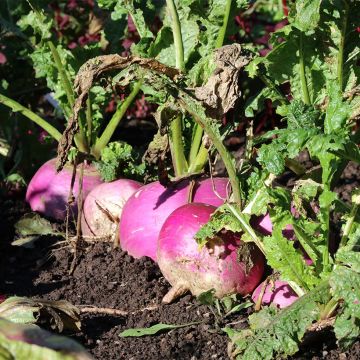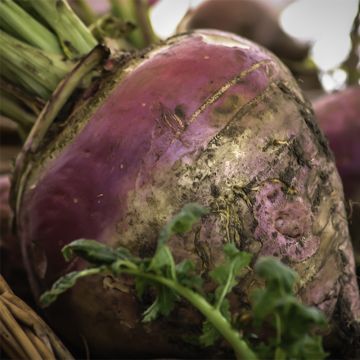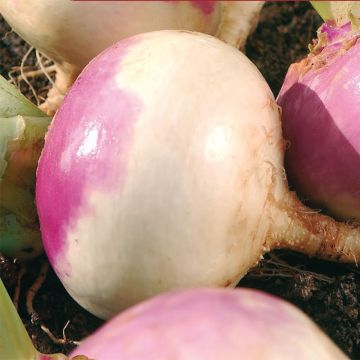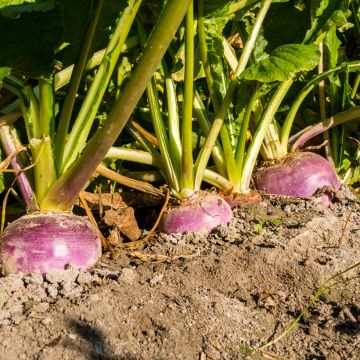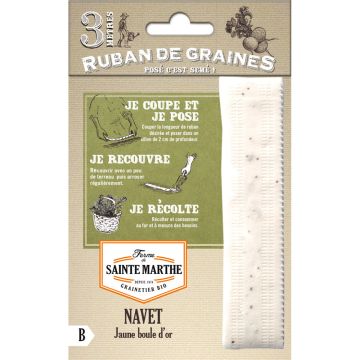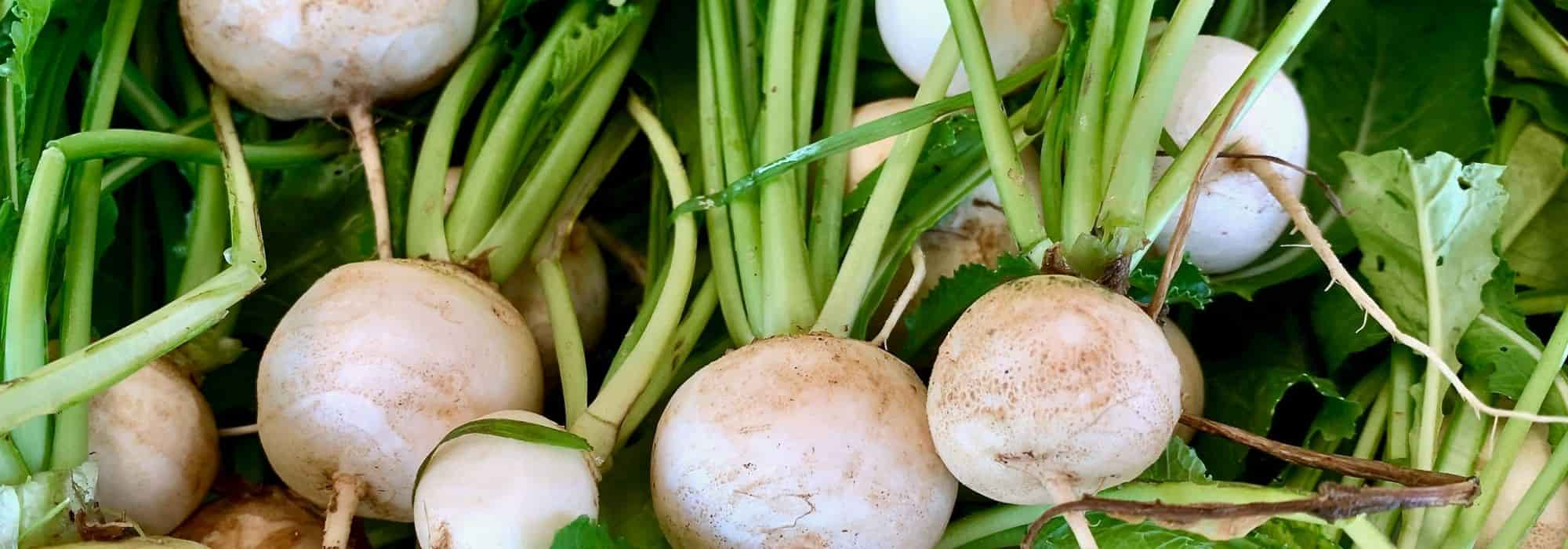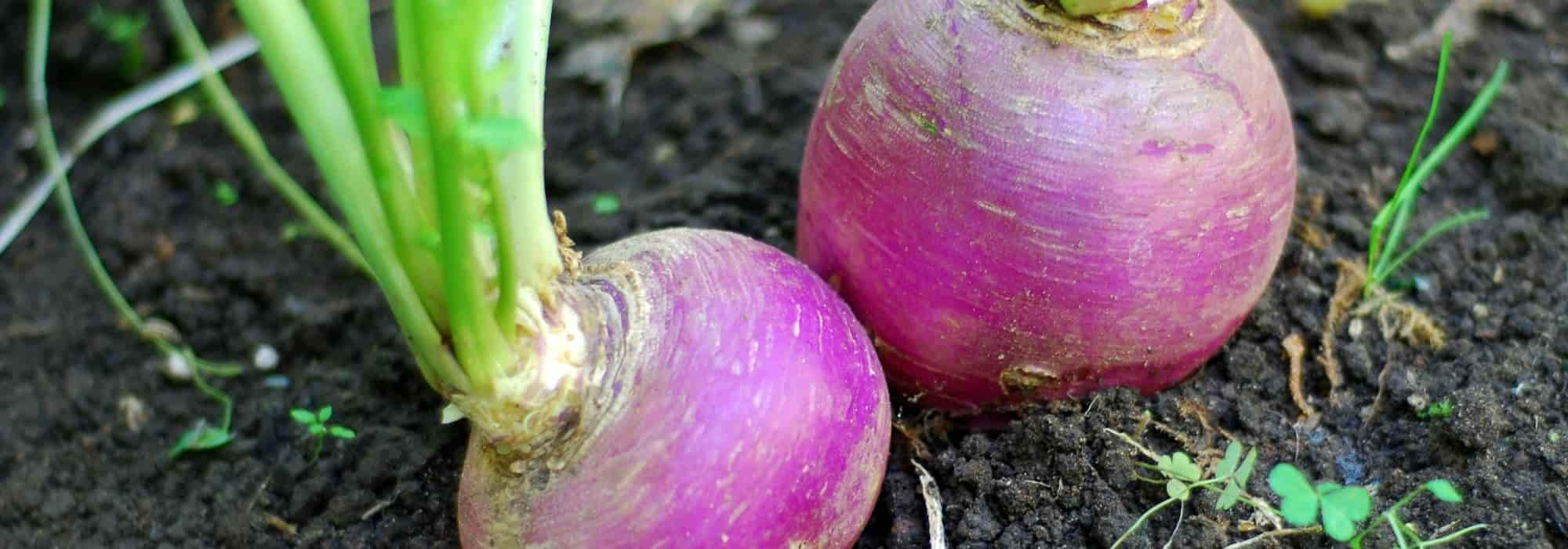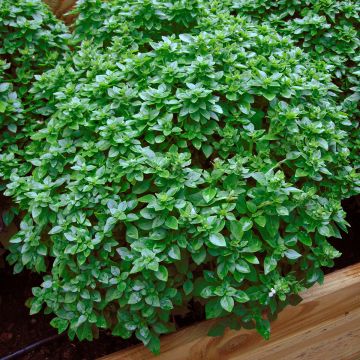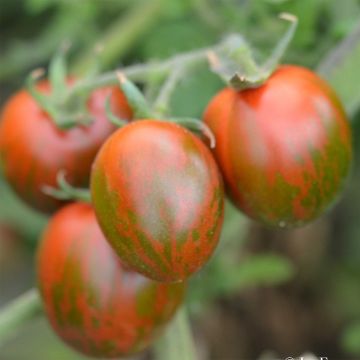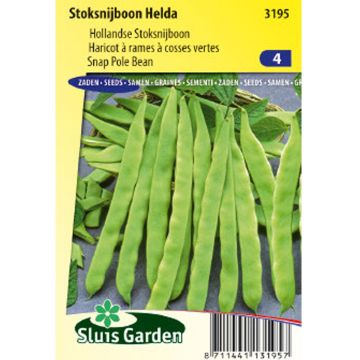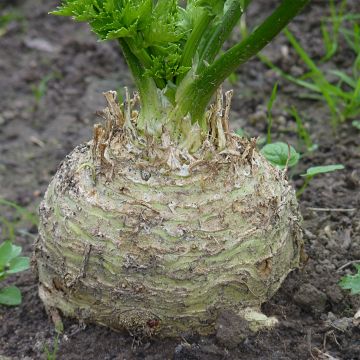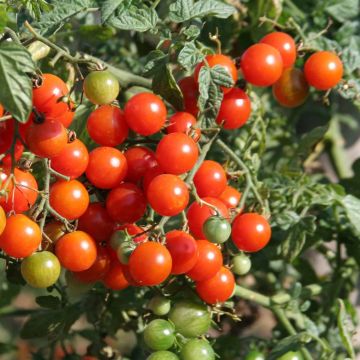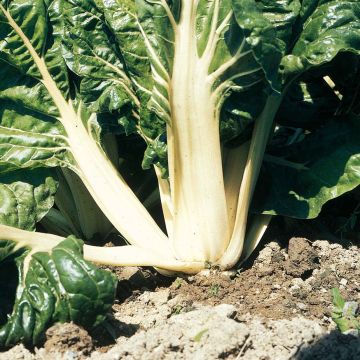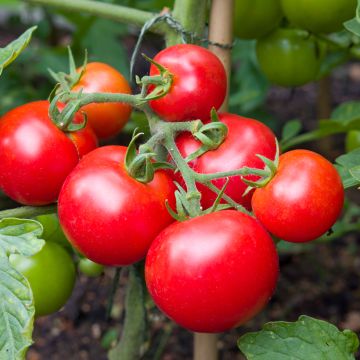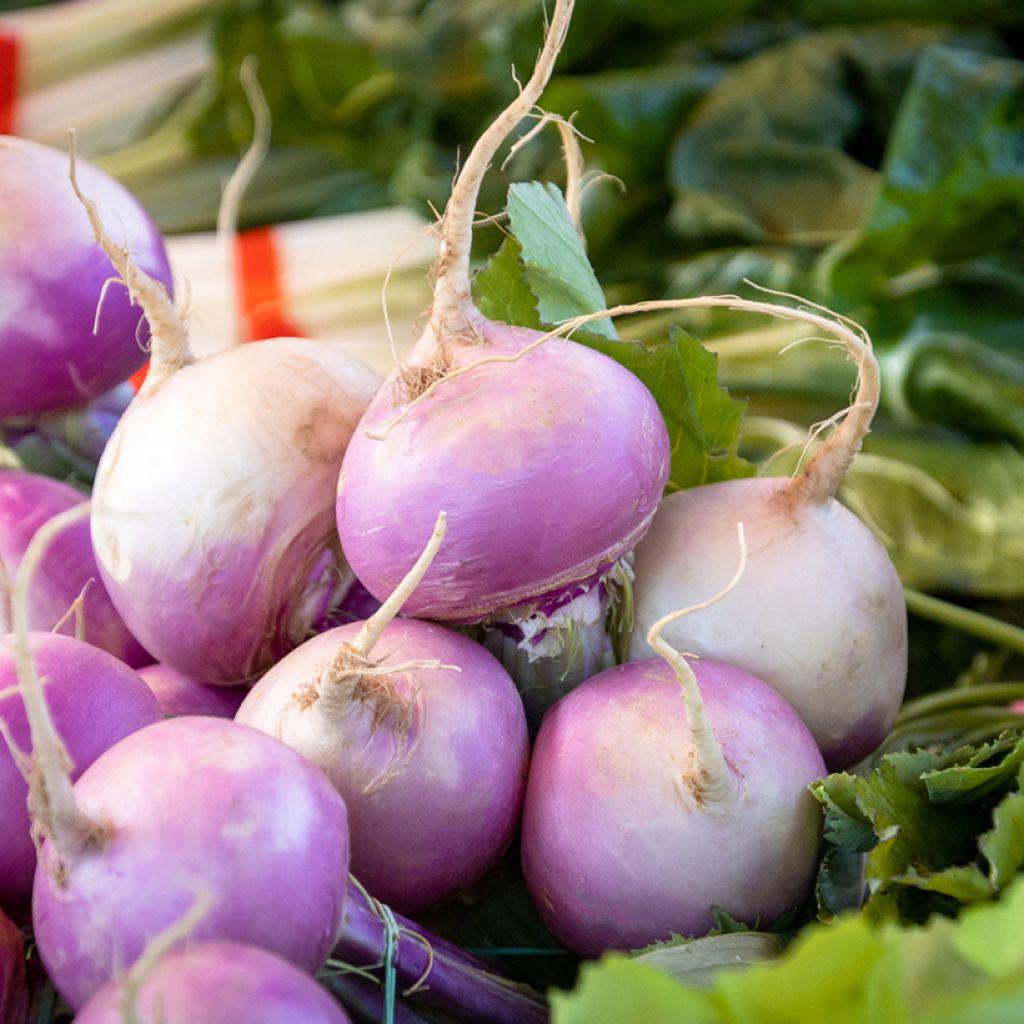

Turnip D'Auvergne Tardif - Vilmorin seeds - Brassica rapa
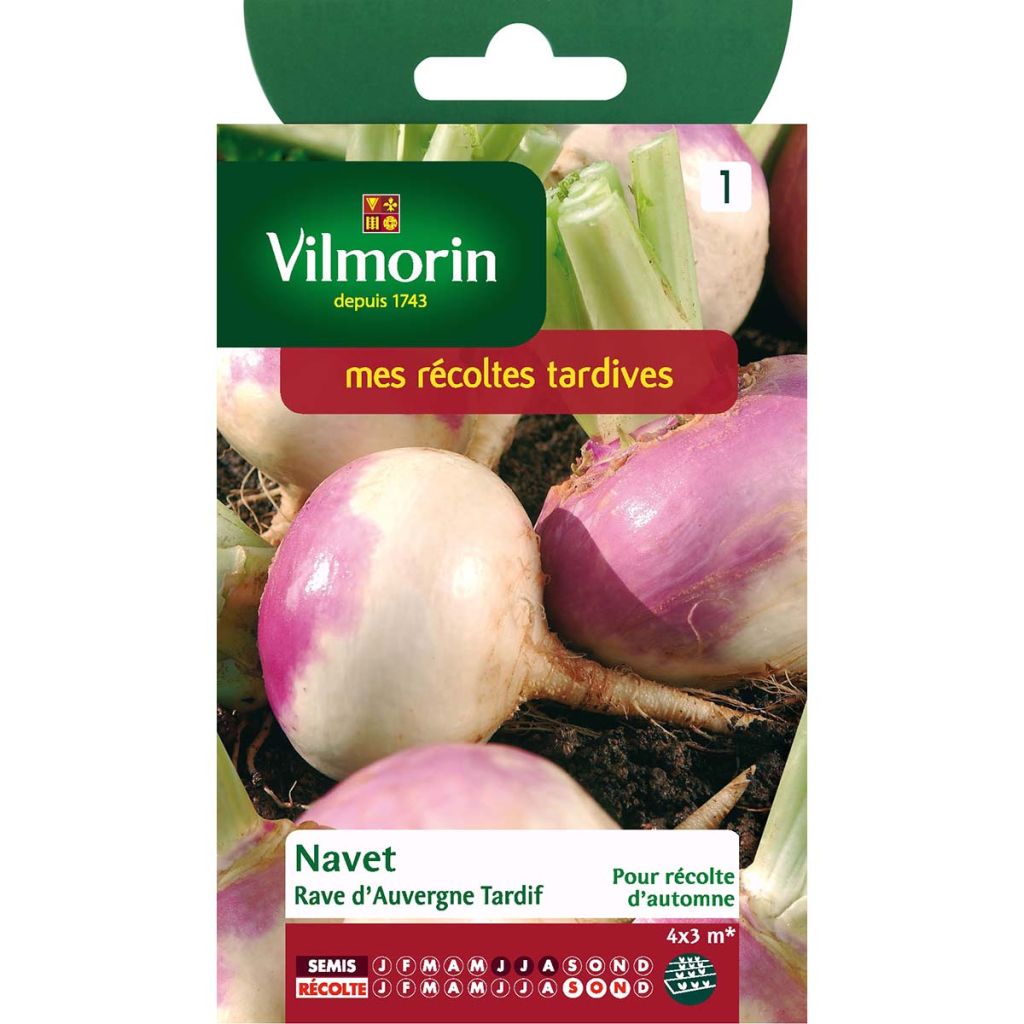

Turnip D'Auvergne Tardif - Vilmorin seeds - Brassica rapa
Turnip D'Auvergne Tardif - Vilmorin seeds - Brassica rapa
Brassica rapa Rave D'Auvergne Tardif
Turnip
Not yet sown
Jean Claude G., 29/08/2018
Special offer!
Receive a €20 voucher for any order over €90 (excluding delivery costs, credit notes, and plastic-free options)!
1- Add your favorite plants to your cart.
2- Once you have reached €90, confirm your order (you can even choose the delivery date!).
3- As soon as your order is shipped, you will receive an email containing your voucher code, valid for 3 months (90 days).
Your voucher is unique and can only be used once, for any order with a minimum value of €20, excluding delivery costs.
Can be combined with other current offers, non-divisible and non-refundable.
Why not try an alternative variety in stock?
View all →This plant carries a 6 months recovery warranty
More information
We guarantee the quality of our plants for a full growing cycle, and will replace at our expense any plant that fails to recover under normal climatic and planting conditions.
Description
The 'Late Auvergne' Turnip is a variety that produces beautiful spherical white and purple roots quite late in the season. This biennial herbaceous vegetable plant, measuring 25 to 30 cm (10 to 12in), is grown for its firm, sweet, and white flesh. Sow from July to August for a harvest from September to November.
Turnip has been known since prehistoric times and has always been part of the people's diet in Northern Europe. It is often consumed cooked in gratins, mashed, or as an accompaniment to soups, stews, and ragouts. Baby turnips do not need to be peeled and can be consumed raw, grated, and mixed with other raw vegetables. Young turnip leaves can also be used in soups. Turnip has diuretic, refreshing, and mineralising properties and contains vitamins (A, B5, B6, C, PP) and minerals (calcium, iron, copper, magnesium).
The numerous varieties of turnips allow for year-round harvesting. This root vegetable comes in many shapes (long, semi-long, round, or flat) and colours (white, yellow, pink, or purplish).
Turnips require the addition of well-rotted compost (3 kg/m²) in late autumn or early spring.
Harvest: Turnips are generally harvested two months after sowing. Spring-summer turnips will be harvested from May to July according to needs and desired size. Autumn-winter varieties, intended for storage, will be pulled up from October and before the first frost. To harvest them, lift them with a fork and gently pull them from the base of the leaves.
Storage: Let the turnips dry for a few hours on the ground, and cut the foliage above the collar. Turnips can be stored for several months in a cellar or silo, in dry sand, in a cool and dark place.
Gardener's tip: Good to know! Planting fennel next to turnips helps repel flea beetles and turnip flies. For better protection, use a forcing net or an insect net if necessary. Regular weeding and hoeing should be done.
Harvest
Plant habit
Foliage
Botanical data
Brassica
rapa
Rave D'Auvergne Tardif
Brassicaceae
Turnip
Cultivar or hybrid
Biennial
Other Turnip seeds
View all →Planting and care
Preparation: As turnip is a root vegetable, the soil should be carefully loosened and levelled before sowing. Turnips prefer light, fresh, rich soil without excessive limestone. They are sensitive to frost, drought, and very sunny exposures. In terms of rotation, avoid cultivating turnips in the same plot for 3 or 4 years.
Sowing: Trace furrows 1 cm (0in) deep with the handle of a tool, for example. Sow thinly (one seed every 5 cm (2in)) and then cover the seeds with a little fine soil and gently "firm" with the back of the rake. Space the rows 20 to 30 cm (8 to 12in) apart. Keep the soil moist for quick germination.
As soon as the turnips have at least two leaves, thin them out, keeping one plant every 10 to 12 cm (4 to 5in). Do not replant the plants removed during thinning, as they do not tolerate transplanting. After thinning, plan for one or two quick weedings.
Maintenance: Hoe, mulch, and water to maintain soil freshness. Turnips require regular watering (about once or twice a week in summer with mulching, less in autumn).
Seedlings
Care
Intended location
Planting & care advice
-
, onOrder confirmed
Reply from on Promesse de fleurs
Similar products
Haven't found what you were looking for?
Hardiness is the lowest winter temperature a plant can endure without suffering serious damage or even dying. However, hardiness is affected by location (a sheltered area, such as a patio), protection (winter cover) and soil type (hardiness is improved by well-drained soil).

Photo Sharing Terms & Conditions
In order to encourage gardeners to interact and share their experiences, Promesse de fleurs offers various media enabling content to be uploaded onto its Site - in particular via the ‘Photo sharing’ module.
The User agrees to refrain from:
- Posting any content that is illegal, prejudicial, insulting, racist, inciteful to hatred, revisionist, contrary to public decency, that infringes on privacy or on the privacy rights of third parties, in particular the publicity rights of persons and goods, intellectual property rights, or the right to privacy.
- Submitting content on behalf of a third party;
- Impersonate the identity of a third party and/or publish any personal information about a third party;
In general, the User undertakes to refrain from any unethical behaviour.
All Content (in particular text, comments, files, images, photos, videos, creative works, etc.), which may be subject to property or intellectual property rights, image or other private rights, shall remain the property of the User, subject to the limited rights granted by the terms of the licence granted by Promesse de fleurs as stated below. Users are at liberty to publish or not to publish such Content on the Site, notably via the ‘Photo Sharing’ facility, and accept that this Content shall be made public and freely accessible, notably on the Internet.
Users further acknowledge, undertake to have ,and guarantee that they hold all necessary rights and permissions to publish such material on the Site, in particular with regard to the legislation in force pertaining to any privacy, property, intellectual property, image, or contractual rights, or rights of any other nature. By publishing such Content on the Site, Users acknowledge accepting full liability as publishers of the Content within the meaning of the law, and grant Promesse de fleurs, free of charge, an inclusive, worldwide licence for the said Content for the entire duration of its publication, including all reproduction, representation, up/downloading, displaying, performing, transmission, and storage rights.
Users also grant permission for their name to be linked to the Content and accept that this link may not always be made available.
By engaging in posting material, Users consent to their Content becoming automatically accessible on the Internet, in particular on other sites and/or blogs and/or web pages of the Promesse de fleurs site, including in particular social pages and the Promesse de fleurs catalogue.
Users may secure the removal of entrusted content free of charge by issuing a simple request via our contact form.
The flowering period indicated on our website applies to countries and regions located in USDA zone 8 (France, the United Kingdom, Ireland, the Netherlands, etc.)
It will vary according to where you live:
- In zones 9 to 10 (Italy, Spain, Greece, etc.), flowering will occur about 2 to 4 weeks earlier.
- In zones 6 to 7 (Germany, Poland, Slovenia, and lower mountainous regions), flowering will be delayed by 2 to 3 weeks.
- In zone 5 (Central Europe, Scandinavia), blooming will be delayed by 3 to 5 weeks.
In temperate climates, pruning of spring-flowering shrubs (forsythia, spireas, etc.) should be done just after flowering.
Pruning of summer-flowering shrubs (Indian Lilac, Perovskia, etc.) can be done in winter or spring.
In cold regions as well as with frost-sensitive plants, avoid pruning too early when severe frosts may still occur.
The planting period indicated on our website applies to countries and regions located in USDA zone 8 (France, United Kingdom, Ireland, Netherlands).
It will vary according to where you live:
- In Mediterranean zones (Marseille, Madrid, Milan, etc.), autumn and winter are the best planting periods.
- In continental zones (Strasbourg, Munich, Vienna, etc.), delay planting by 2 to 3 weeks in spring and bring it forward by 2 to 4 weeks in autumn.
- In mountainous regions (the Alps, Pyrenees, Carpathians, etc.), it is best to plant in late spring (May-June) or late summer (August-September).
The harvesting period indicated on our website applies to countries and regions in USDA zone 8 (France, England, Ireland, the Netherlands).
In colder areas (Scandinavia, Poland, Austria...) fruit and vegetable harvests are likely to be delayed by 3-4 weeks.
In warmer areas (Italy, Spain, Greece, etc.), harvesting will probably take place earlier, depending on weather conditions.
The sowing periods indicated on our website apply to countries and regions within USDA Zone 8 (France, UK, Ireland, Netherlands).
In colder areas (Scandinavia, Poland, Austria...), delay any outdoor sowing by 3-4 weeks, or sow under glass.
In warmer climes (Italy, Spain, Greece, etc.), bring outdoor sowing forward by a few weeks.






























